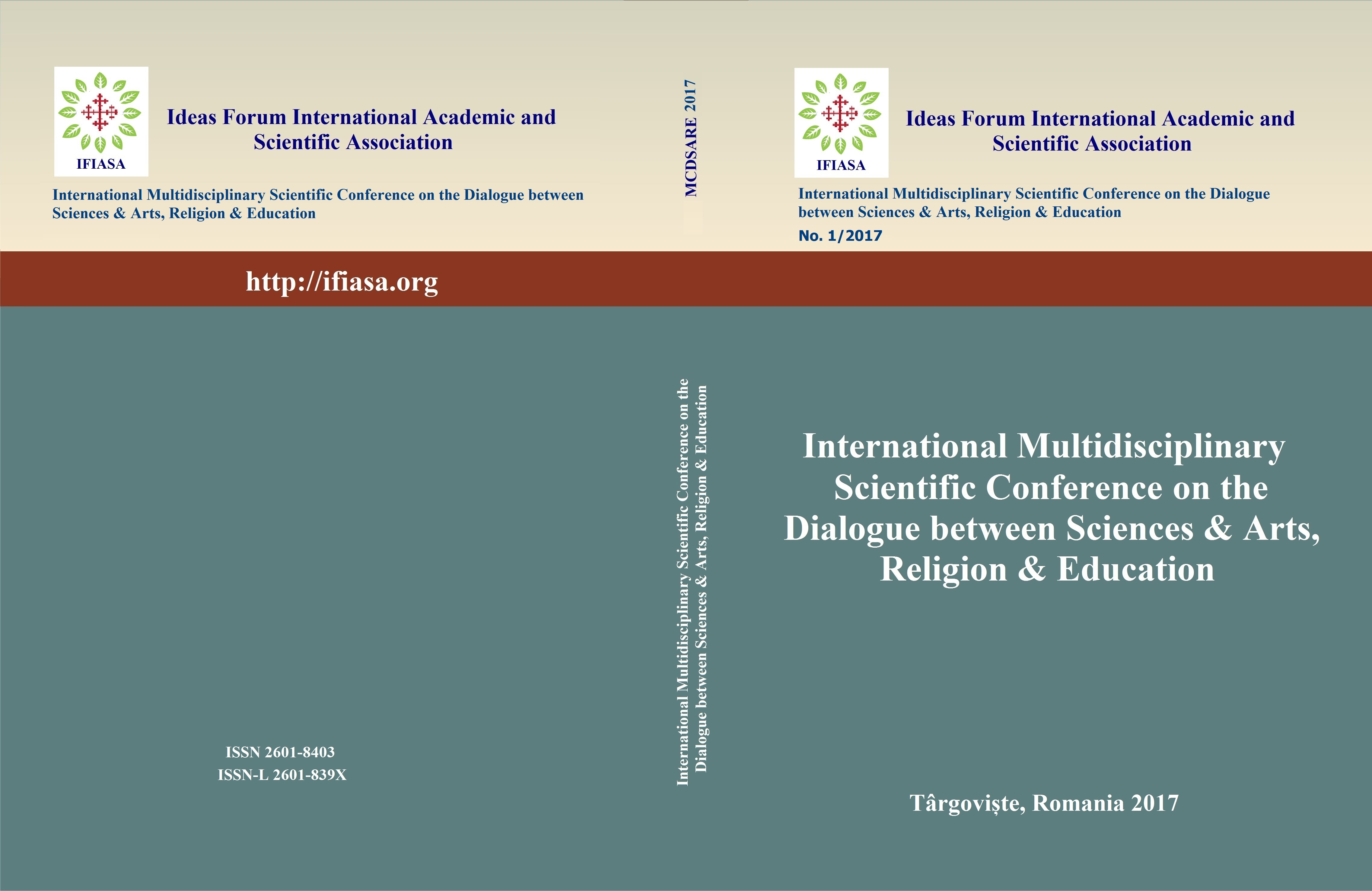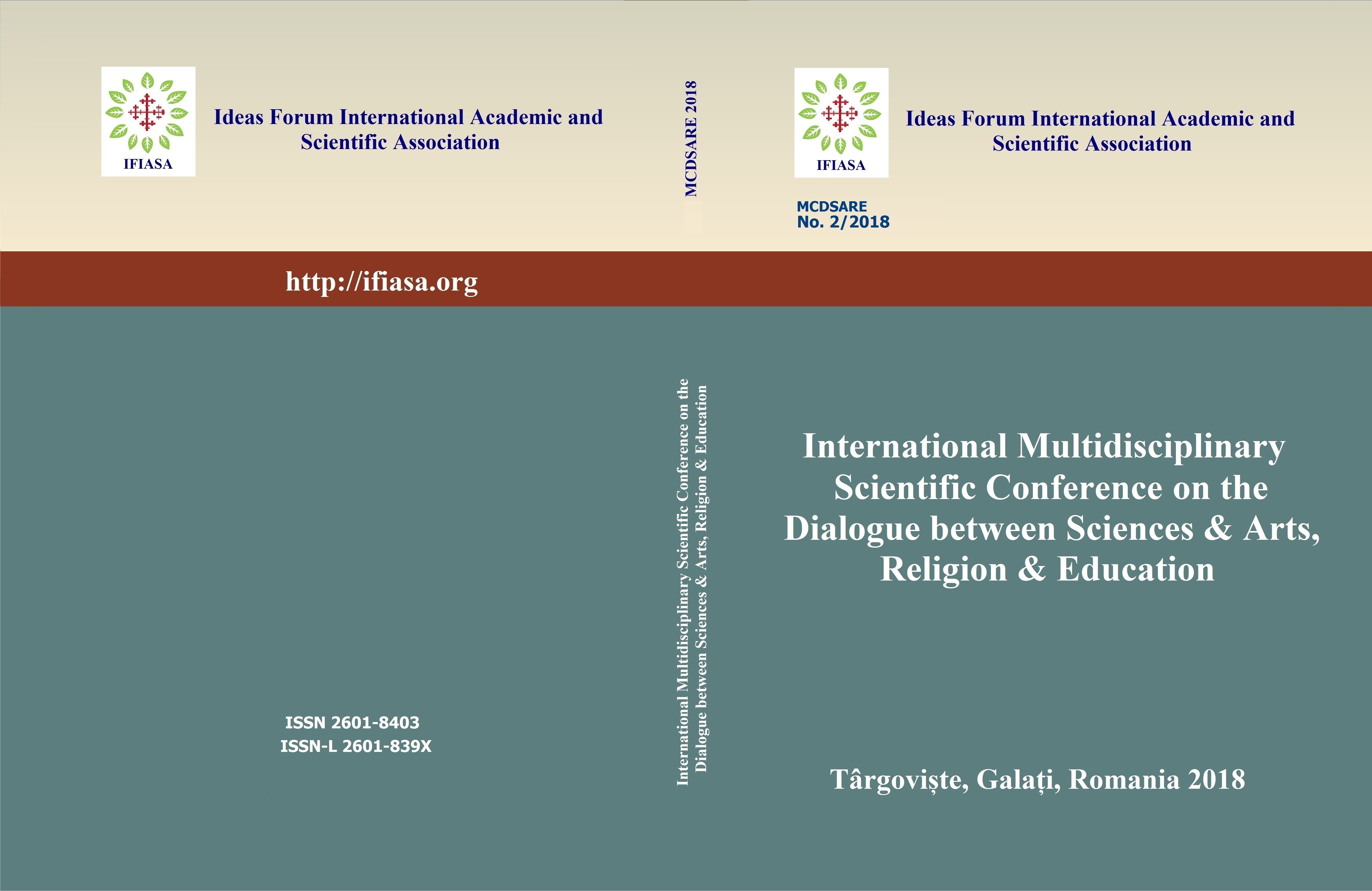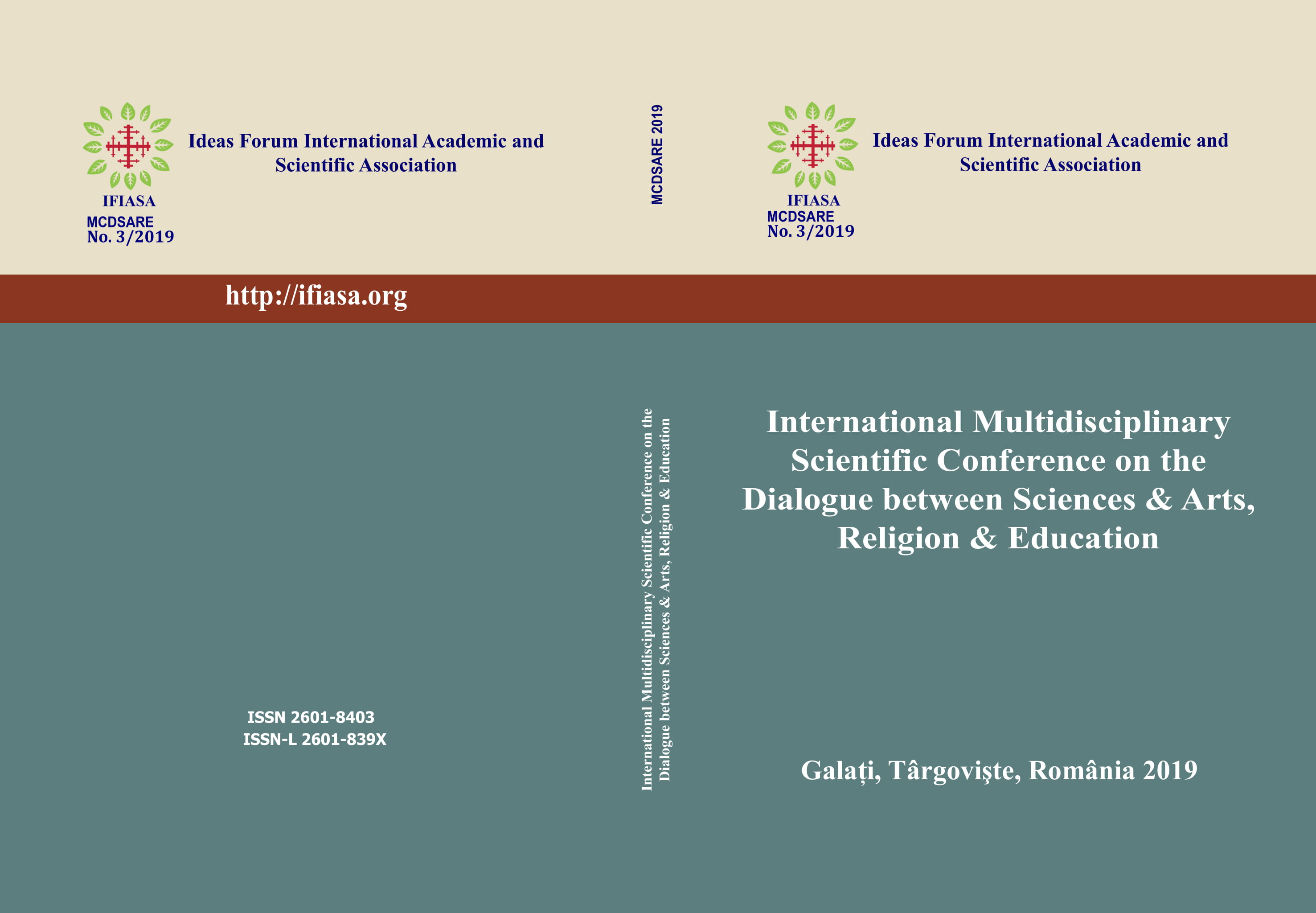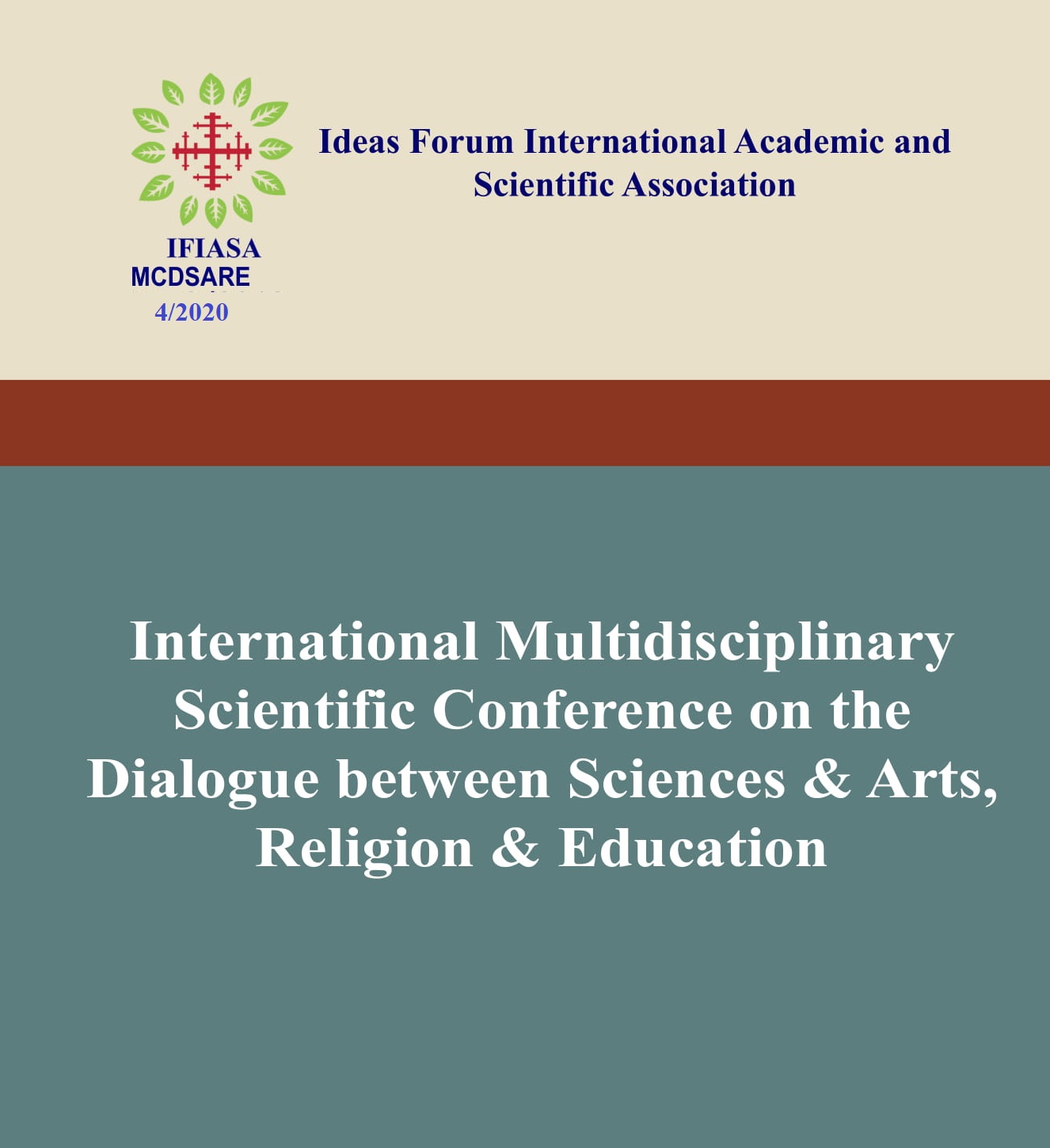
AMO UT SCIAM: THE FUNCTION OF LOVE IN THE PROCESS OF KNOWLEDGE IN THE LIGHT OF ST. BONAVENTURE’S PHILOSOPHY
AMO UT SCIAM: THE FUNCTION OF LOVE IN THE PROCESS OF KNOWLEDGE IN THE LIGHT OF ST. BONAVENTURE’S PHILOSOPHY
Keywords: : Function of Love; Process of Knowledge; St. Bonaventure’s Philosophy;
This study aimed at probing the function of love in the process of knowledge in the light of St. Bonaventure’s philosophy. To achieve this aim, the researcher have focused the study to the following questions: (a) What is the concept of love according to St. Bonaventure? (b) What is the process of knowledge? This study will use the qualitative-historical method. This study is qualitative because it deals with the non-numerical data in the form of philosophical texts. Also, it is historical in the sense of Schleiermacher and Dilthey’s ideographical history which does not so much focused on ideas in themselves but also on the life experience that led to formulation of the idea. The results showed, on the one hand, that love refers to which seeks its genuineness to God. A man-to-God relationship. In the Itinerarium mentis in Deum, love is when a man has reached the contemplation with God. To love is to be united with the First and Supreme Principle through contemplation. Knowledge, on the other hand, knowledge is a judgment, therefore, is an action which causes the sensible species, received in a sensible way through the senses, to enter the intellective faculty by a process of purification and abstraction. Hence, love is the unitive factor of knowledge that it cognates, and knowledge is the cognitive factor of love that it unites
More...



